The closer one looks at the universe, the more mysterious it seems. Recently, NASA’s Global-scale Observations of the Limb and Disk (GOLD) mission revealed bizarre C and X-shaped structures hovering in the electrified layer of the ionosphere. “Who knew Earth’s upper atmosphere was like alphabet soup?” NASA wrote about the recording on its website. The two papers detailing these C and X-shaped formations are published in the Journal of Geophysical Research: Space Physics, dated November 2023 and April 2024, respectively.
GOLD is the first NASA science mission "to fly as a hosted payload on an otherwise unrelated commercial satellite." Its primary aim is to study the interface where Earth’s upper atmosphere meets the surrounding outer space. GOLD inspects the forces operating this layer to keep a check on terrestrial weather and satellite communications. While these alphabetical shapes were observed before as well, GOLD was able to capture them more clearly.
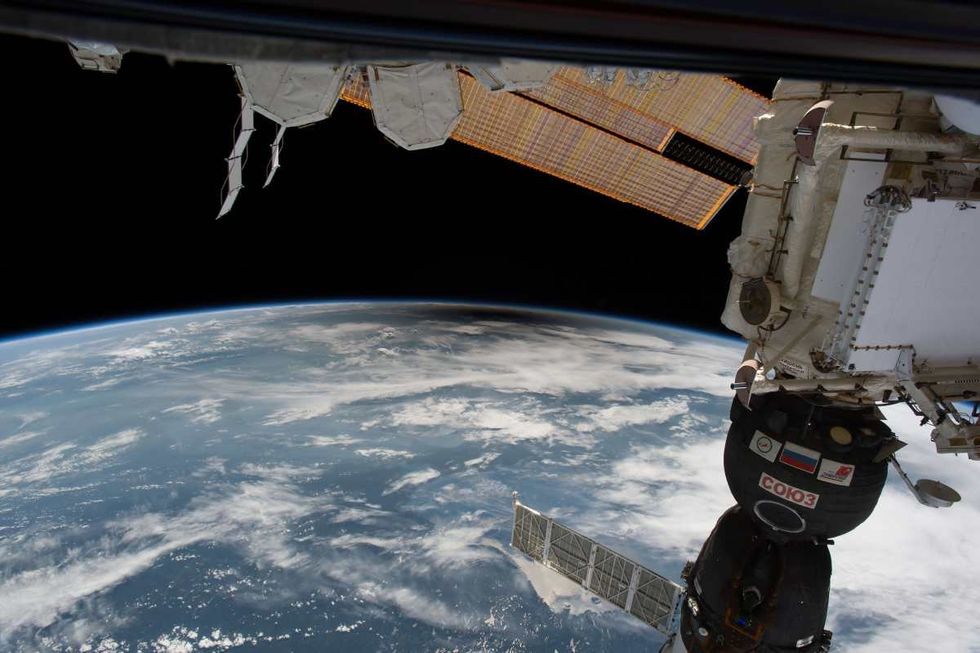
“The fact that we have very different shapes of bubbles this close together tells us that the dynamics of the atmosphere is more complex than we expected,” said Jeffrey Klenzing, a scientist at NASA’s Goddard Space Flight Center in Greenbelt, Maryland, who studies the ionosphere.

The alphabet soup was observed in the atmospheric layer called the “ionosphere” which extends some 50 to 400 miles, located above clouds but below outer space. The name ionosphere comes from the fact that gases in these layers are excited by solar radiation to form ions, which have an electrical charge. It grows and shrinks depending on the energy it absorbs from the Sun. During the daytime, the layer becomes electrically charged by the sunlight, knocking off electrons from atoms and molecules. This creates a soup of charged particles called plasma, that swirl around in the ionosphere.
At nighttime, when these particles aren’t able to feed on the Sun’s energy, low-density pockets of plasma called bubbles are formed. This particle paradise overlaps with Earth’s magnetosphere. Herein, the charged particles do ballet on the Earth’s magnetic field. Giving off a bright and colorful glow near Earth’s magnetic equator, charged particles rise upward and outward along magnetic field lines, creating two dense bands of particles north and south of the equator that scientists call crests. These crests and bubbles can garble the radio signals and satellite communication.
While previous observations provided brief glimpses of crests and bubbles in the ionosphere, GOLD monitored these features over extended periods of time with its geostationary orbit, which circles the Earth at the same rate it rotates. Earlier, the instrument revealed that an X-shape is formed after a massive solar storm from a volcanic eruption, but finding it without any such occurrences is something odd. “The X is odd because it implies that there are far more localized driving factors,” said Klenzing. “This is expected during the extreme events, but seeing it during ‘quiet time’ suggests that the lower atmosphere activity is significantly driving the ionospheric structure.”
The X-shaped plasma was accompanied by another unexpected alphabetical bubble which was C-shaped. When GOLD discovered these weird C-shaped bubbles, the first thought of scientists was, that these bubbles were shaped by terrestrial winds. “It’s a little like a tree growing in a windy area,” explained Klenzing. “If the winds are typical to the east, the tree starts to tilt and grow in that direction.”
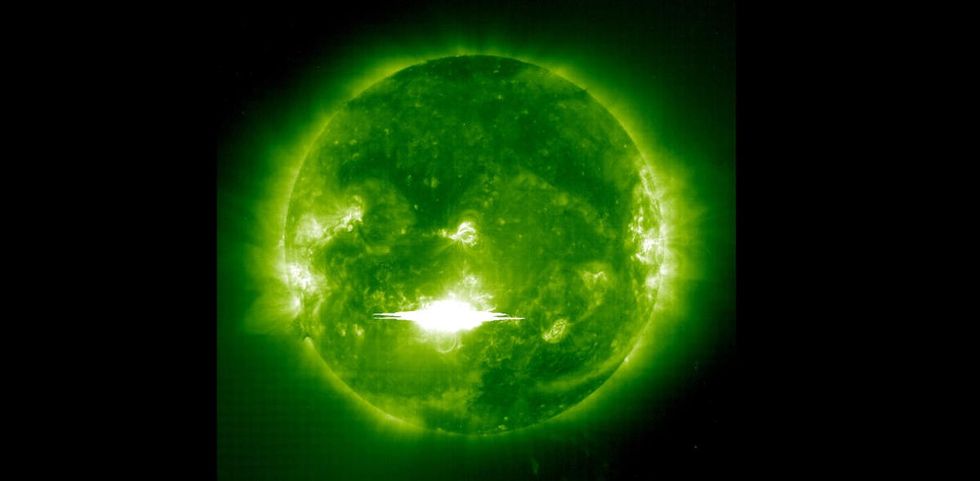
The first report on these C-shape formations was published by a scientist at the Laboratory for Atmospheric and Space Physics (LASP), Deepak Karan. Karan, with his colleagues, reported that these C-shape bubbles were as close as about 400 miles apart in the ionosphere. “Within that close proximity, these two opposite-shaped plasma bubbles had never been thought of, never been imaged,” said Karan, and added that some sort of strong turbulence, like a vortex, wind shear, or tornado-like activity was likely at play in the atmosphere.
Scientists believe that studying this alphabet soup is of utmost importance. “It’s really important to find out why this is happening,” Karan said. “If a vortex or a very strong shear in the plasma has happened, this will completely distort the plasma over that region. Signals will be lost completely with a strong disturbance like this.” Hopefully, the trigger behind these alphabets will be discovered soon.
This article originally appeared 3 months ago.


















 Music isn't just good for social bonding.Photo credit: Canva
Music isn't just good for social bonding.Photo credit: Canva Our genes may influence our love of music more than we realize.Photo credit: Canva
Our genes may influence our love of music more than we realize.Photo credit: Canva
 Great White Sharks GIF by Shark Week
Great White Sharks GIF by Shark Week

 Blue Ghost Mission 1 - Sunset Panorama GlowPhoto credit:
Blue Ghost Mission 1 - Sunset Panorama GlowPhoto credit: 
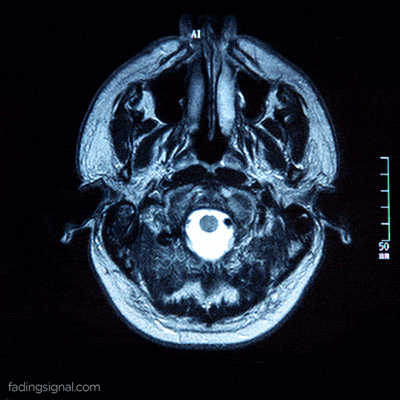 medical school brain GIF
medical school brain GIF woman leaning on man's shoulder
Photo by
woman leaning on man's shoulder
Photo by 
 Ripe bananas
Ripe bananas How we treat produce could be changing for the better.
How we treat produce could be changing for the better.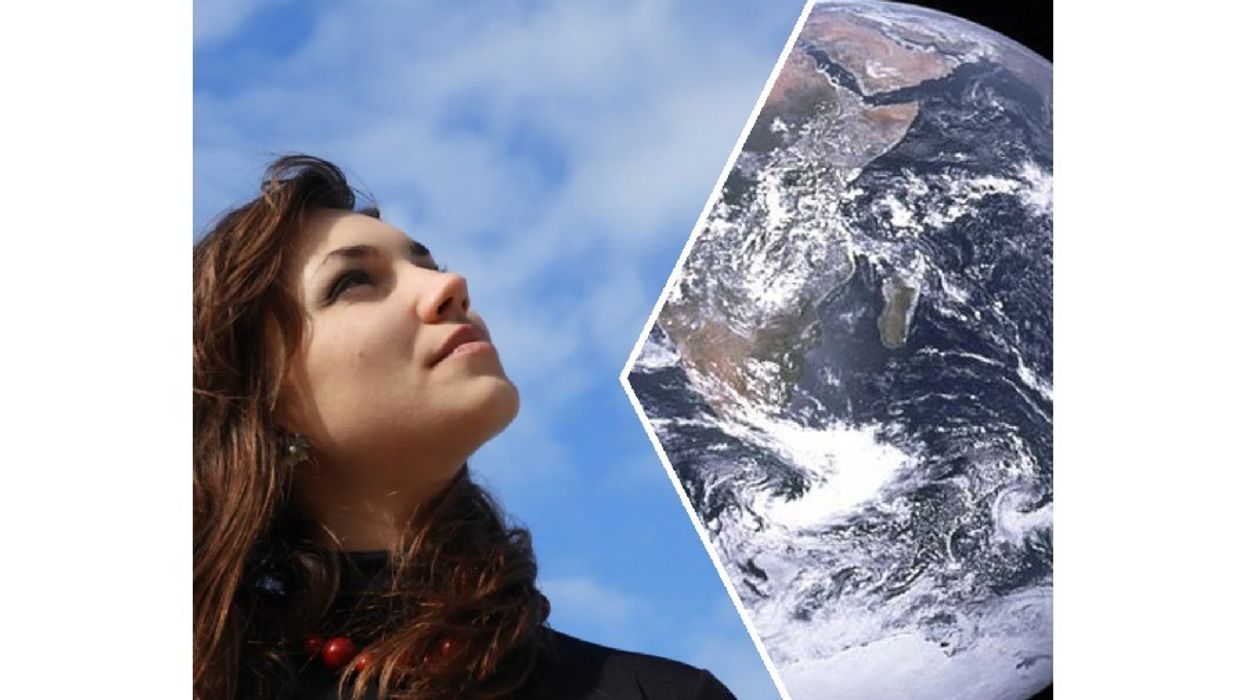
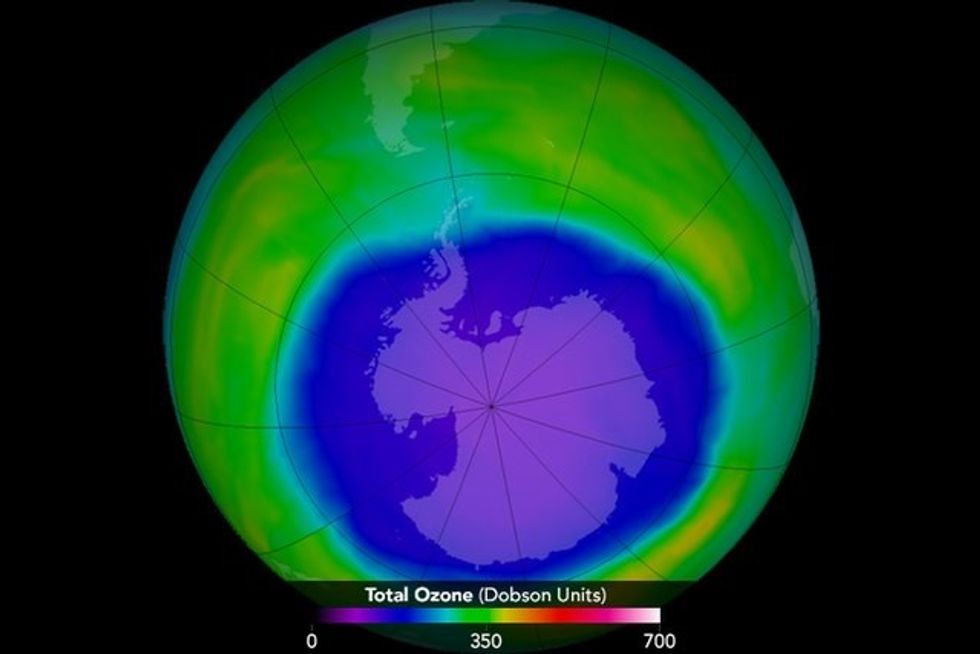 The hole in the ozone layer in 2015.Photo credit: Wikimedia Commons
The hole in the ozone layer in 2015.Photo credit: Wikimedia Commons In the 1980s, CFCs found in products like aerosol spray cans were found to cause harm to our ozone layer.Photo credit: Canva
In the 1980s, CFCs found in products like aerosol spray cans were found to cause harm to our ozone layer.Photo credit: Canva Group photo taken at the 30th Anniversary of the Montreal Protocol. From left to right: Paul Newman (NASA), Susan Solomon (MIT), Michael Kurylo (NASA), Richard Stolarski (John Hopkins University), Sophie Godin (CNRS/LATMOS), Guy Brasseur (MPI-M and NCAR), and Irina Petropavlovskikh (NOAA)Photo credit: Wikimedia Commons
Group photo taken at the 30th Anniversary of the Montreal Protocol. From left to right: Paul Newman (NASA), Susan Solomon (MIT), Michael Kurylo (NASA), Richard Stolarski (John Hopkins University), Sophie Godin (CNRS/LATMOS), Guy Brasseur (MPI-M and NCAR), and Irina Petropavlovskikh (NOAA)Photo credit: Wikimedia Commons